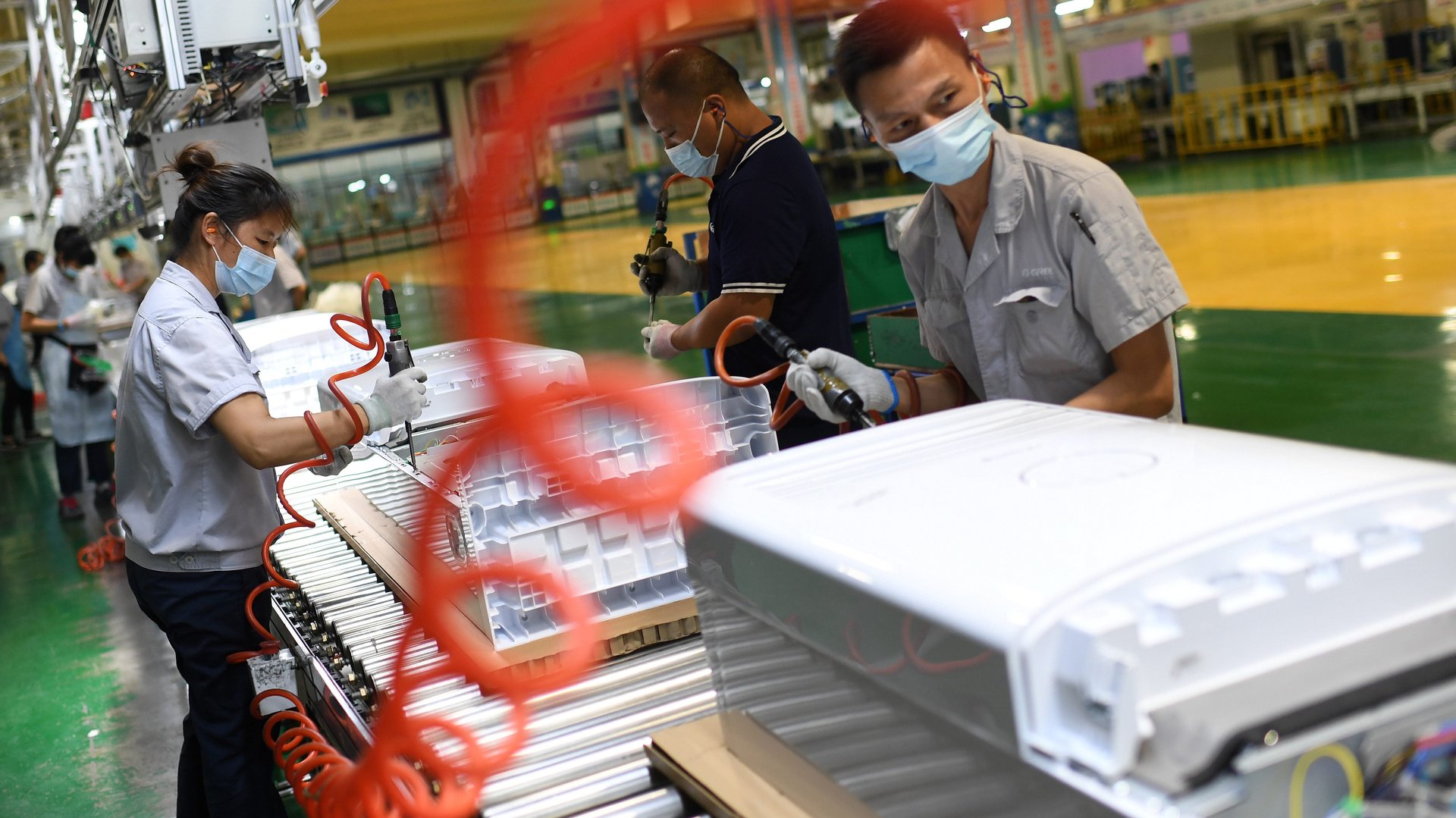China’s power consumption reflects the role of US shoppers too
Across China, lights are flickering off at homes and stoplights. Clothing manufacturers, aluminum smelters and factories turning out components for the likes of Apple and Tesla, are limiting production as provinces across China ration power.


Across China, lights are flickering off at homes and stoplights. Clothing manufacturers, aluminum smelters and factories turning out components for the likes of Apple and Tesla, are limiting production as provinces across China ration power.
Constraints in supply shaped by factors like high coal prices and low electricity prices are bumping up against high demand, both from residential use and from a manufacturing boom driven by shoppers in the United States.
The power cuts, which intensified this week, are expected to ripple through an already-strained global supply chain. As analysts weigh the impact of the power crisis beyond China, it’s worth remembering that shoppers outside the country, particularly American ones, too play a role in the country’s “domestic” power consumption.
US demand and Chinese manufacturing
The United States is China’s largest export market—a fact that’s increasingly been a source of tension for the two countries—and Chinese manufacturers powered up their factories to meet Americans’ record demand for goods, from the N95 masks and PPE of the early months of the pandemic, to the frantic shopping spree for furniture, kitchen appliances and exercise equipment as Americans stuck at home filled their online carts.
Even as Covid restrictions wound down in the US, retail sales remained high and exports from China were booming as recently as this August, as manufacturers tried to fulfill Christmas orders earlier due to concerns over shipping delays.
Today, the provinces affected by the power cuts account for 71% of China’s industrial production, according to a note from analysts at BofA Securities.
It is too early to know the extent to which the power cuts will disrupt factory output in the China, according to a report by Julian Evans-Pritchard of Capital Economics, but with supply chains already stretched and retail inventories low in the United States, even a small disruption could prevent some companies from meeting their orders. Evans-Pritchard pointed to the spike in ships idling outside the ports of China as a potential early sign that power rationing is affecting factories’ ability to meet and ship out orders.
China’s foreign-linked emissions
China is the largest CO2-emitting country in the world, but as their energy challenges threaten to reverberate into the United States and other countries dependent on Chinese exports, it highlights how responsibility for national emissions transcends borders.
A study published in May 2020, by researchers at the University of Michigan School for Environment and Sustainability, and published in the peer-reviewed journal Nature Communications, using data from 2012 mapped the emissions within China attributable to US consumption.
According to the study, Chinese CO2 emissions driven by foreign consumption totaled 1,466 megatons, or 14.6 percent of the country’s emissions related to industrial production. If the factories producing this volume of foreign-related environmental pollutants were a country, they would be the fifth largest emitter of carbon dioxide, behind China, the United States, India, Russia and Indonesia, and ahead of Brazil and every other country in the world.
Of the total emissions attributable to consumption outside of mainland China, the United States was the largest driver in China, accounting for 23 percent, about half of which is linked to the production of household consumer goods, according to the study. Hong Kong accounted for 10.9 percent, and Japan 9 percent.